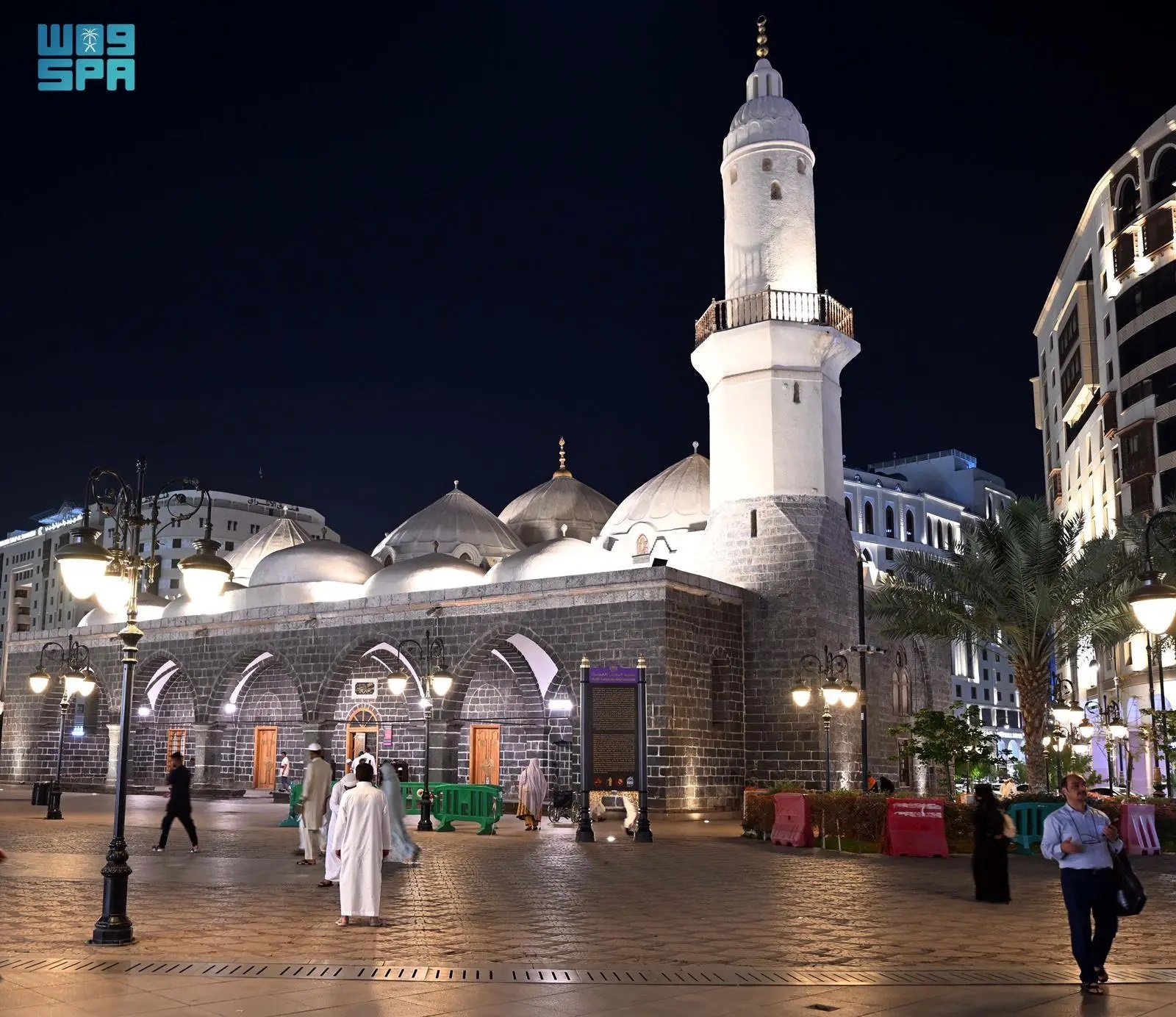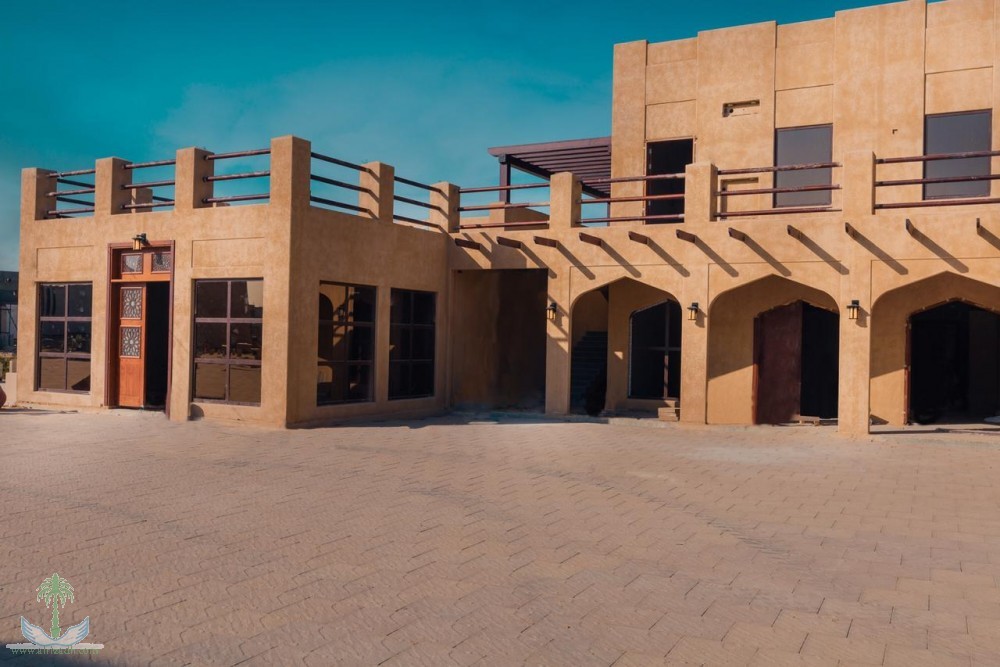
Ancient Stones Define Madinah's Enduring Architectural Identity
The natural rocks found in the mountains and lava fields of Madinah, such as black basalt and granite, form a key element in the region's traditional and contemporary architecture. These stones have historically been used in the construction of homes, castles, walls, and landmarks, contributing to thermal insulation and reducing internal temperatures compared to the external environment. Many of these stone-built structures have retained their beauty and durability to this day.
These stones are prominently featured in the architecture of the Prophet's Mosque, major mosques, historical sites, and heritage landmarks. Their use has preserved Madinah's urban identity, allowing construction to adapt harmoniously to the local environment and climate. They are also employed in restoration and rehabilitation projects led by the Madinah Region Development Authority and the Heritage Commission, which have revived several historical sites with a blend of authenticity and modernity.
Natural stones and rocks have also been utilized in the "Humanizing Madinah" within central areas, including pedestrian plazas, seating areas, and road paving, especially along rehabilitated valley banks such as Wadi Al-Aqiq and Wadi Qanat. These efforts enhance the city's appeal as a cultural and tourist destination while safeguarding its distinctive urban character.








